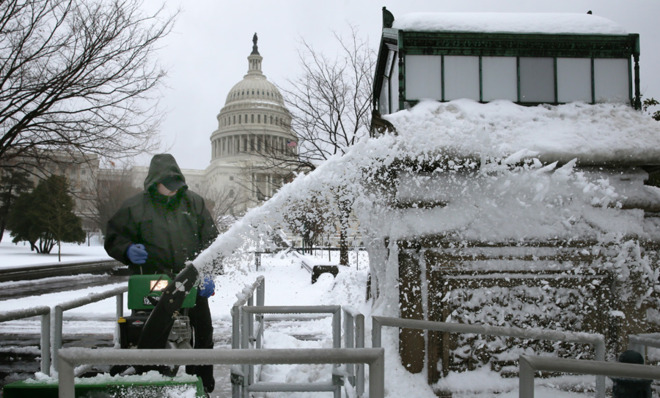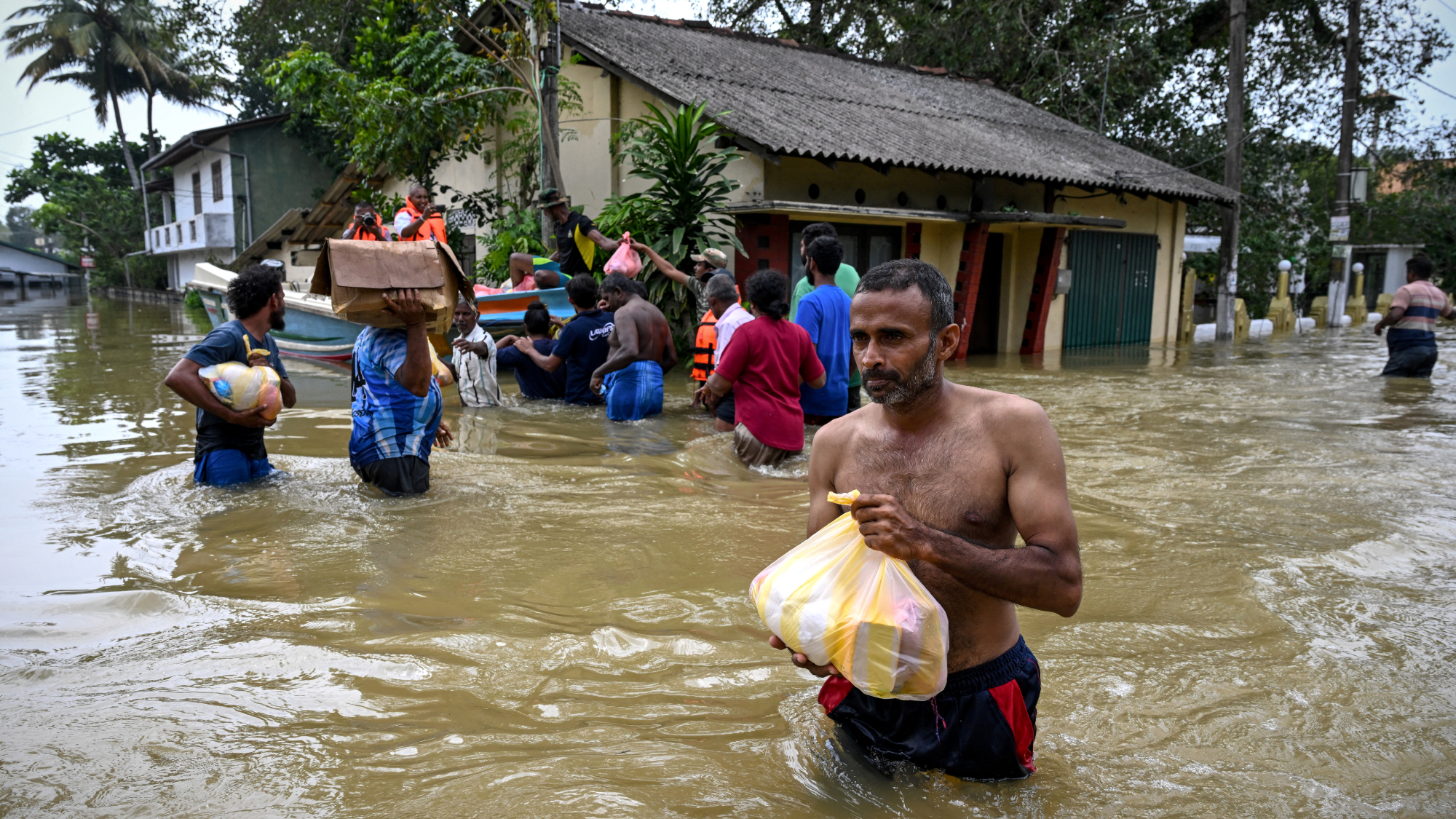This long, snowy winter is crushing your spirit — and the labor market
Frequent snow and ice storms are keeping an unusually high number of people out of work this year


Groundhog Punxsutawney Phil "forecast" another six weeks of winter this year, which is terrible news for everyone who's sick of slogging through snow, slush, sleet, and ice. This winter has felt unusually inclement, and it turns out you're not imaging things: this winter really has been historically brutal.
Using data from the Bureau of Labor Statistics, we can draw a quantitative comparison of how often full-time workers stayed home simply because the weather outside was frightful. This chart shows the number of people, in thousands, who skipped work for weather-related reasons from November through March of a given winter, dating back to 1976 when the BLS started tracking the data:
The huge spikes are, as you'd expect, years with major blizzards. There's the Great Blizzard of 1978 (aka the Cleveland Superbomb), the Blizzard of 1996 (which dumped up to four feet of snow on parts of the U.S.), and so on.
The Week
Escape your echo chamber. Get the facts behind the news, plus analysis from multiple perspectives.

Sign up for The Week's Free Newsletters
From our morning news briefing to a weekly Good News Newsletter, get the best of The Week delivered directly to your inbox.
From our morning news briefing to a weekly Good News Newsletter, get the best of The Week delivered directly to your inbox.
At first glance, the winter of 2013-14 doesn't look all that bad. But we're only partway through this winter, and data for February's snow days won't be even released until next month. So for a more accurate comparison, this next chart includes days missed only in December and January for each winter.
Much different. In terms of weather-related days off, this year has been the fourth-worst in the past two decades. The tally would probably be even higher — though still not on par with those epic blizzard years — were it not for all the people who telecommuted to work amid nasty weather.
And that's having a direct impact on the unemployment rate, which is still a dispiritingly high 6.6 percent.
So there you have it: this winter has been a never-ending string of snowstorms and polar vortices — and there's still more snow on the way.
A free daily email with the biggest news stories of the day – and the best features from TheWeek.com
Jon Terbush is an associate editor at TheWeek.com covering politics, sports, and other things he finds interesting. He has previously written for Talking Points Memo, Raw Story, and Business Insider.
-
 RFK Jr. sets his sights on linking antidepressants to mass violence
RFK Jr. sets his sights on linking antidepressants to mass violenceThe Explainer The health secretary’s crusade to Make America Healthy Again has vital mental health medications on the agenda
-
 Death toll from Southeast Asia storms tops 1,000
Death toll from Southeast Asia storms tops 1,000speed read Catastrophic floods and landslides have struck Sri Lanka, Indonesia, Thailand and Malaysia
-
 Honduras votes amid Trump push, pardon vow
Honduras votes amid Trump push, pardon vowspeed read President Trump said he will pardon former Honduran president Juan Orlando Hernández, who is serving 45 years for drug trafficking
